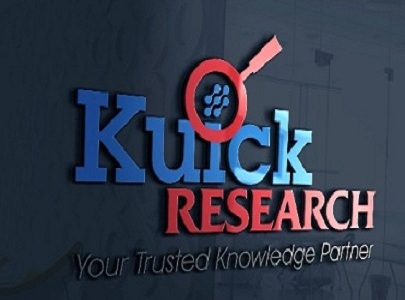
Around the corners of world, cancer has infused itself in every country, region and each habitable land present over earth. Cancer has become one of those nightmares which haunt every individual once in a life time this is because of the increasing incidence rates and no proper care available until now. Given the steady increase in global cancer incidence with its associated morbidity and mortality, together with the spiraling healthcare costs of treatment, there is increasing interest in this stringent disease.
Breast cancer is the second leading cause of mortality among women, after the Lung cancer. In United States it is the most common diagnosed form of cancer accounting for the ration of one is to three. As most type of cancers originates from a starting lump, so is the breast cancer. It is the breast tissue where the tumor generates in lobules and ducts that can be classified into invasive and non-invasive stages. A woman living in the US has a 12.3%, or a 1 in 8, lifetime risk of being diagnosed with breast cancer. In 2016, invasive breast cancer will be diagnosed in about 246,660 women and 2,600 men. An additional 61,000 new cases of in situ breast cancer will be diagnosed in women.
US breast cancer market is conquered by monoclonal antibodies due to superior pharmacological effects and availability of large number of products in this segment. Herceptin (Trastuzumab monoclonal antibody) is commonly prescribed breast cancer medicine. Roche developed Pertuzumab monoclonal antibody after the block buster success of Herceptin (Trastuzumab monoclonal antibody). It was approved in 2012 by the FDA for the treatment of or late stage metastatic HER2-positive breast cancer patients.
Moreover, compounds such as Protein bound paclitaxel, tamoxifen, vinblastine, raloxifene, docetaxel and many more generic as well as branded drugs have shown positive results in reducing cancer progression and increasing life expectancy. Recently, branded drug such as Bevacizumab has seen preference among oncologists even though the drug has been advised to be removed from breast cancer indication. The market for metastatic breast cancer for now is highly fragmented between numerous drugs, radiation therapy and alternative therapies such as vitamin therapy, acupuncture, macrobiotic diets, homeopathy and herbal medication. Nano therapy via nano probe technology and various other areas of alternate treatment are under trials to check for their effectiveness in decreasing disease progression and arresting the cancerous cell growth by target specific tumor cell suppression.
Due to extensive research and development in treatment approaches for breast cancer. Breast cancer patients in US have a new surgical option that eliminates exposure to radioactive materials and offers a less invasive, alternative for cancer detection. This strategy has been approved by FDA and will be used to locate early stage tumors. The Sentimag technology platform is a magnetic surgical guidance probe used with nanoparticle tracers and other magnetic devices to more safely and easily determine the spread of cancer.
Historically, Herceptin has ruled the market in US and across the globe but due to its US patent expiration in 2019 its biosimilars might gain the same success stories. The driving forces behind the popularity of this drug are the increasing awareness of breast cancer by the means of several programs and screening aids. Another aspect is the emergence of targeted and combinational therapies. Drugs for the HER 2+ receptors such as Herceptin and Kadcyla can be administered as monotherapy or in the combination for the better survival rates. There are three specific medications that will be pushing this growth forward in breast cancer drug sales. These include; Novartis’ Afinitor, Roche/Genentech’s Perjeta, and trastuzumab-DM1. Afinitor has gained regulatory approval in Europe and the United States to market medication that treats hormone-receptor positive breast cancer, which is expected to raise this company’s peak-year sales past US$ 1 Billion.
Ongoing clinical development of the drug Perjeta is also predicted to help it bring impressive sales through 2021. Targeted therapies are predicted to keep advancing the treatment of breast cancer. Breast cancer drug development is a hive of activity but despite the busy pipeline, forecast has been for the uptake of just three novel agents in this market through 2021. Moreover, two of these agents will penetrate only the HER2-positive market segment, which will continue to be dominated by Roche.
Indeed, Breast cancer is a difficult diagnosis to receive for any women, as these fears up for the low survival rates and every one in eight women develop the breast cancer throughout a lifetime. The healthcare sector and cancer drug market has focused on developing better treatments over the past years and new regimens are on the road to success.
“US Breast Cancer Drug Market Outlook 2022” Report Highlights: